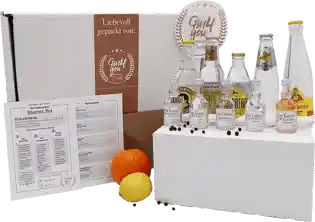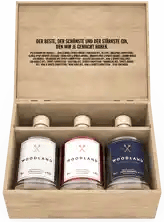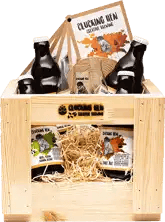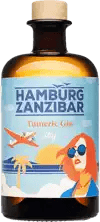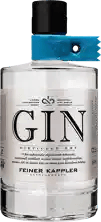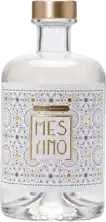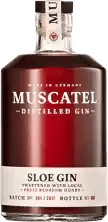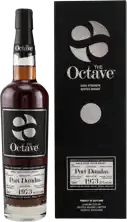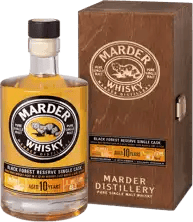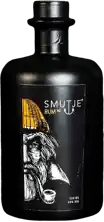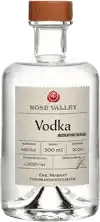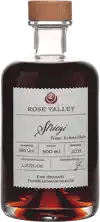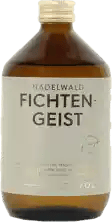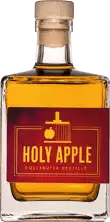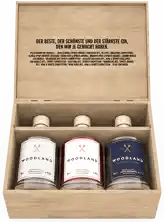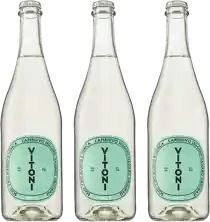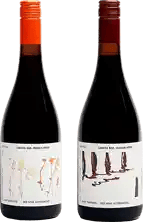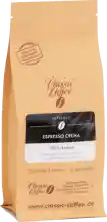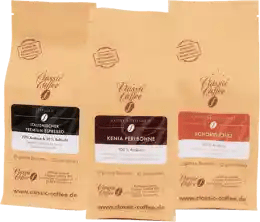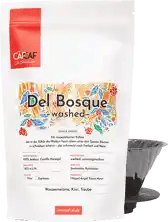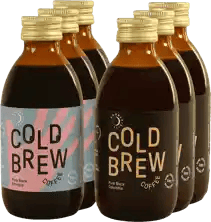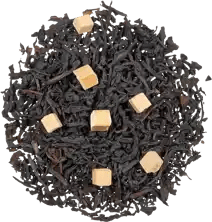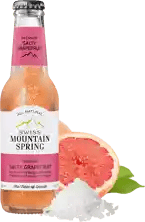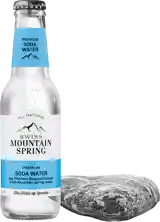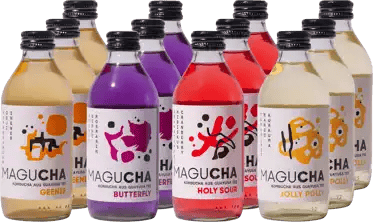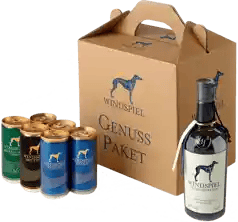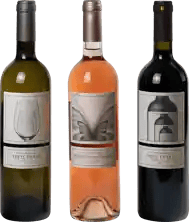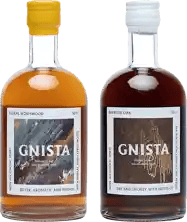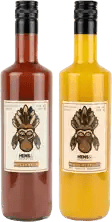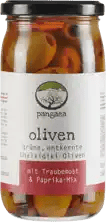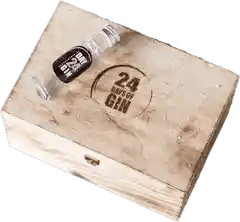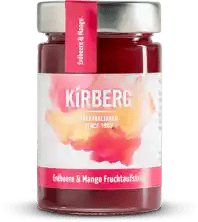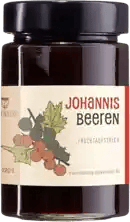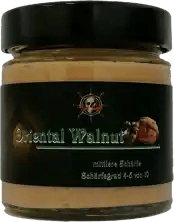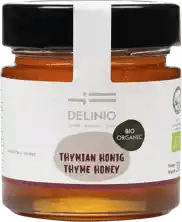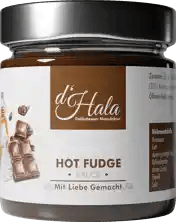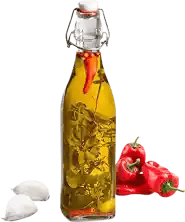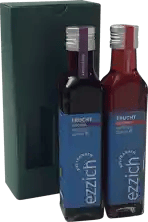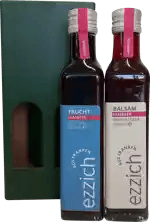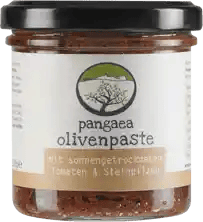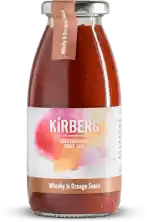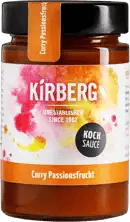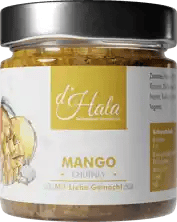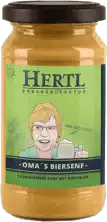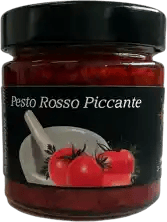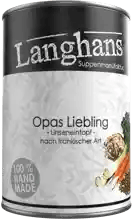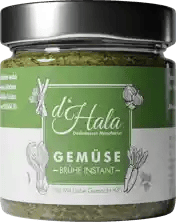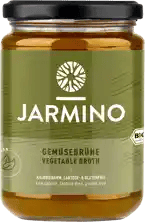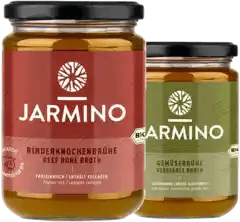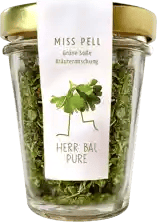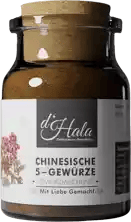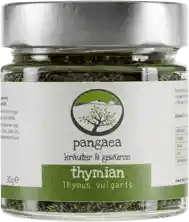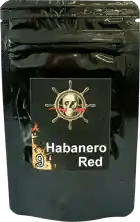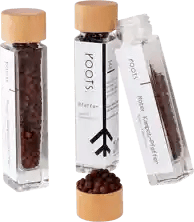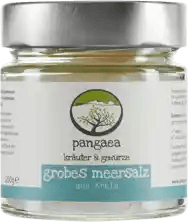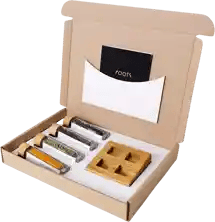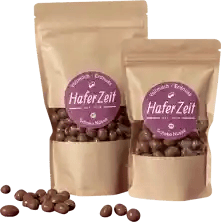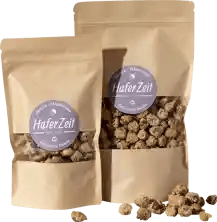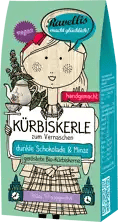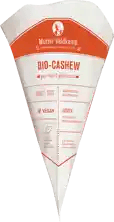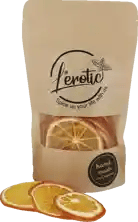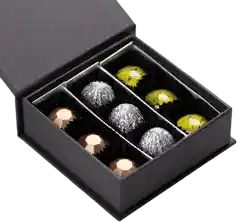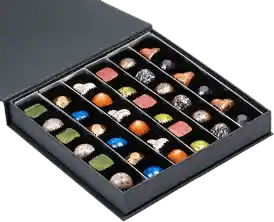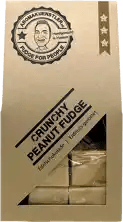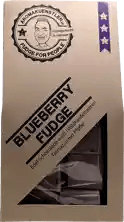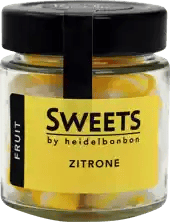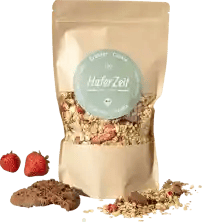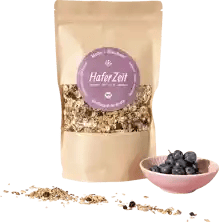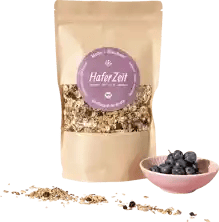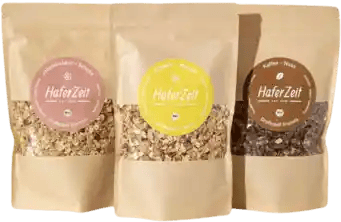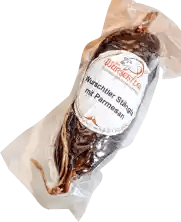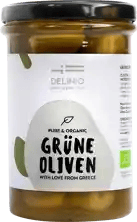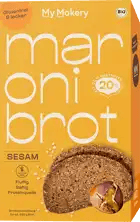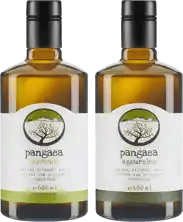Quality instead of quantity!
7,000 independent products
No mainstream
7,000 independent products
Buy tonic water in our online store
In the days of early British colonial rule, tonic water ("tonic water") was a bitter medicinal concoction made from water and quinine. Practically undrinkable without a dash of gin. Around 200 years later, pure tonic water is one of the most popular soft drinks for adults, not to mention its popularity as the basis for countless long drinks and cocktails.
From bitter medicine to trendy drink
The ingredient that gives tonic water its unique taste and can awaken all the senses in an instant is quinine. It is extracted from the bark of the cinchona tree and has an antispasmodic and antipyretic effect. The cinchona tree originally only grew in the mountainous regions of Central and South America.
Exquisite quinine from the Inca Trail of the Andes: 1724 Tonic Water
Mild but full of character, harvested by hand at the lofty height of exactly 1,724 meters above sea level: The quinine in 1724 Tonic, an insider tip among bartenders, comes from Chile. The spring water for this fine sparkling tonic comes from the very south, from Patagonia. Its clear citrus notes make it the ideal partner for a gin with fruity, floral and peppery notes such as DELIRIUM PFXLZ. II.
Across the Mediterranean to India and back to Europe
When malaria was rampant in the Mediterranean region, cinchona bark extract was used to combat fever. In the 19th century, quinine powder stirred into soda water was part of the standard equipment of the British colonial armies. Because they had to swallow it daily as a preventative measure against malaria, the soldiers soon learned to soften the horribly bitter taste with lemon juice and sugar.
Finally, a good shot of gin was added - and the bitter medicine became a refreshing gin and tonic (which, by the way, is what the layman orders - connoisseurs order "gin and tonic").
The long drink also made a name for itself in England when the Schweppes Company launched a quinine and citrus mineral water called tonic water on the market in 1870. The German company founder Johann Jacob Schweppe had already developed a system for the industrial production of carbonated table water 100 years earlier.
How healthy is tonic water?
Well chilled, with sparkling carbonic acid and a pronounced bitter note, tonic water has a refreshing effect and wakes you up. It contains much less quinine than the mixture once used to prevent malaria and has no medically active ingredients. The German Aroma Ordinance stipulates a maximum amount of 85 milligrams per liter for tonic water or other bitter lemonades.
Nevertheless, it is advisable to enjoy tonic water with caution. Excessive amounts of drinks containing quinine can cause visual disturbances and nausea, among other things.
According to experts, pregnant women should not drink tonic water at all so that the unborn child does not develop a quinine addiction.
How is tonic water made?
"When life gives you lemons, make yourself a gin and tonic." (Bon mot of unknown origin)
Tonic water is made by adding quinine and sugar and/or fruit acids to carbonated water. The best bitter lemonades of this style are characterized by their balance of bitter tones and floral, herbal or fruity notes.
Tonic water flavors
| Tonic water style | Example product |
|---|---|
| Classic: sparkling, bitter, light citrus note | Windspiel Tonic Water |
| Dry: intense bitter note | WindspielDry Ton ic Water |
| Citrusy: tangy, pronounced citrus note | Hop Tonic |
| Fruity: pronounced fruity aromas, occasionally sweet | 1724 Tonic Water |
| Floral: delicate floral aromas | Goldberg Japanese Yuzu Tonic Water |
| Mild: less bitter | Mistelhain Trend Tonic Water |
| Herbal: spicy, often tart | Mistelhain Istelhain DASTONIC Signature |
What do you drink tonic water with?
The classic par excellence is and remains gin and tonic, of course. Do you want to fully enjoy the delicious tonic notes in your drink? Then you could also mix yourself a vodka tonic, in which the spirit subtly underlines the dominant taste of the tonic water.
Other delicious options are vermouth tonic and (bourbon) whiskey tonic. Every good bartender also has a whole range of spirited or non-alcoholic drinks and cocktails with tonic water in their repertoire. Thanks to many non-alcoholic spirits and non-alcoholic gins, you can now drink almost any classic cocktail without alcohol.
However, the better and more complex the base drink, the fewer ingredients the connoisseur needs.
Delicate example: Goldberg Japanese Yuzu Tonic
Of course, a good tonic water also tastes good on the rocks. However, if you want to fully enjoy the exotic, fruity, floral and bitter notes of Goldberg Japanese Yuzu Tonic, you should try this exceptional tonic very well chilled. Even better, of course, if the glass and the gin or vodka come straight from the fridge.
What you always want to avoid: melting ice in tonic water. This dilutes the original, delicious taste of the tonic. We don't even want to talk about the dilution of fine gin at this point.
Can I drink tonic water straight?
Not only can you, you should. Drinking tonic water as the manufacturer created it has several advantages in true aficionado circles:
- It's sparkling and refreshing like lemonade, but doesn't leave sticky sugar on the palate and tongue.
- As a thirst quencher, it beats any other soft drink. And it tastes more interesting than water.
- Thanks to its complex flavor structure, high-quality tonic water is an ingenious, idiosyncratic
alternative to non-alcoholic beer or wine.
Got a taste for it? Buy tonic water online at Honest & Rare
Perfect for everyday enjoyment - but no run-of-the-mill products: Every tonic water that you can buy online at Honest & Rare is characterized by its very own character. You can find out how best to drink your tonic with gin in our gin and tonic recipes.
In addition to non-alcoholic drinks, you can of course also buy gin directly from our store. Every gin manufacturer in the world naturally wants their carefully brewed spirit to be in the best tonic water company.
3 fun facts about tonic water
- Tonic water glows bluish under ultraviolet light.
- Joanne K. Rowling, the mother of Harry Potter, loves gin and tonic. So did Queen Mum, by the way.
- Sad news for all fans of the hip cucumber: tonic water doesn't necessarily get any better if you drown a slice of cucumber in it.
Brilliant!

Bitte bestätige deine Anmeldung noch eben - du hast eine Bestätigungsmail von uns. Klicke darin auf den Link. Danach bekommst du deinen Rabattgutschein.

